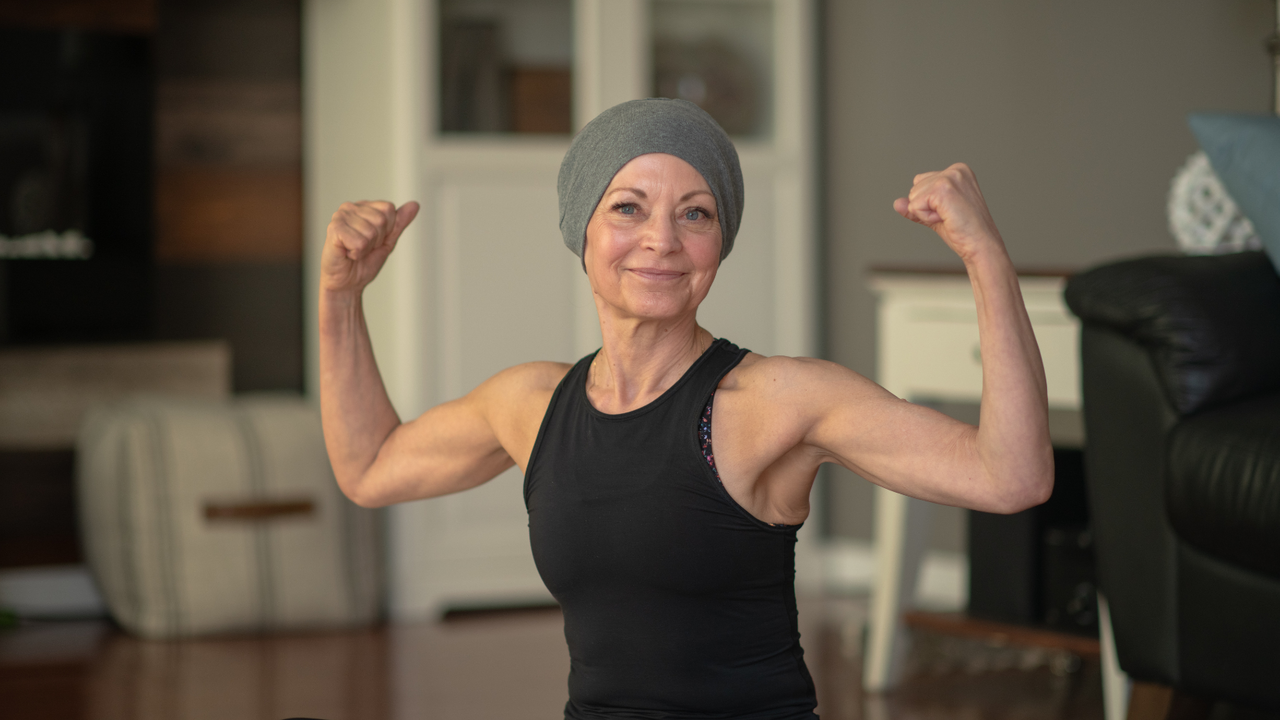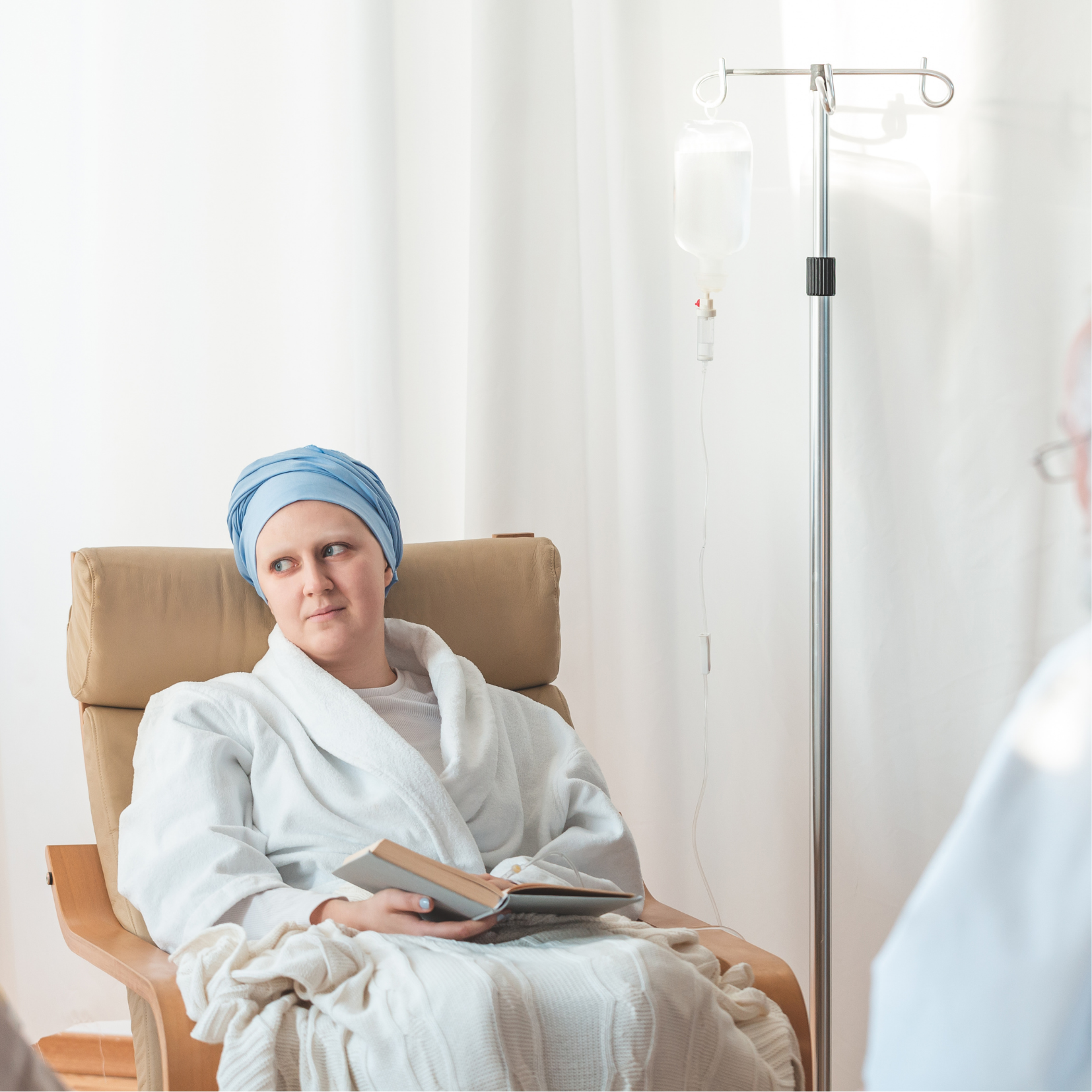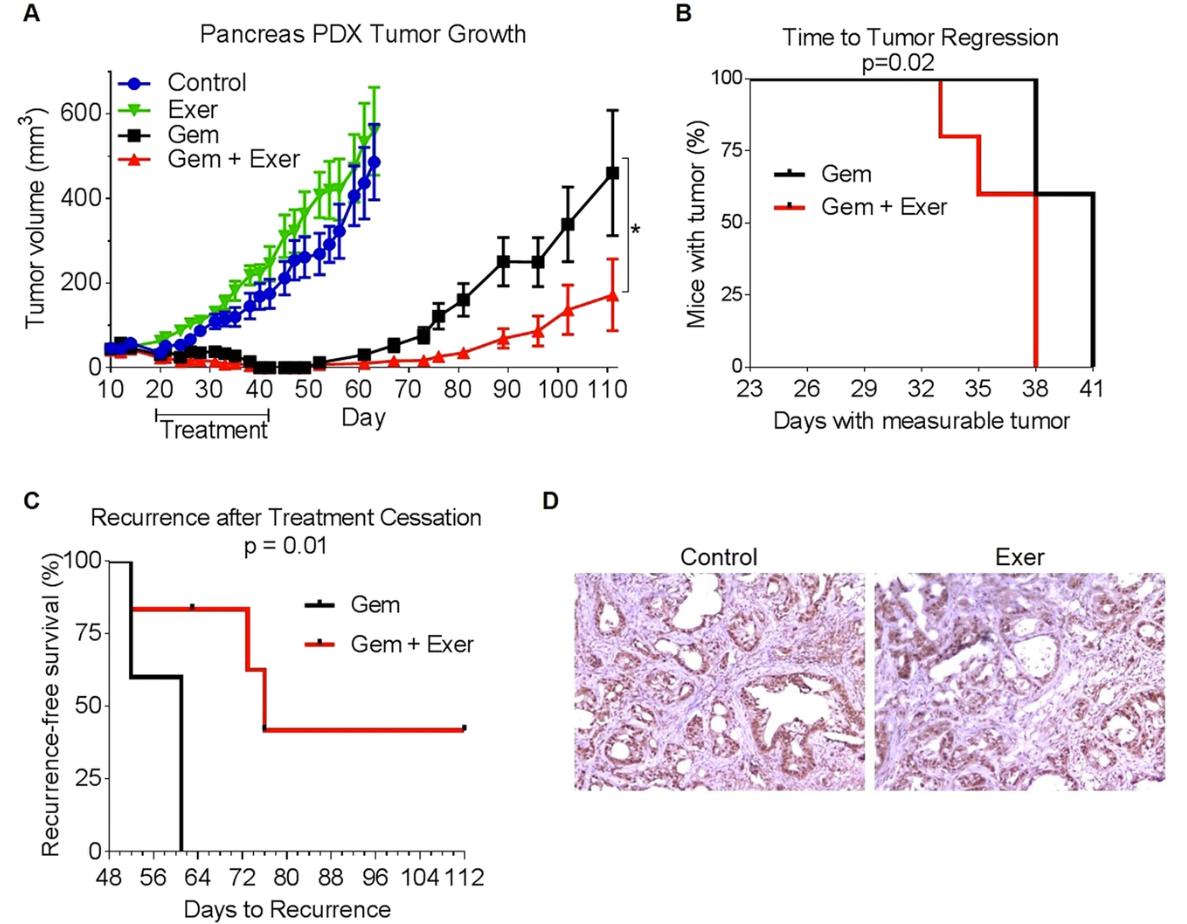The Role of Exercise in Pancreatic Cancer Therapy
Jul 24, 2022
Pancreatic cancer is one of the most aggressive and lethal forms of cancer. Only 5-15 percent of patients survive 5 or more years after their diagnosis. Despite this grim prognosis, the global incidence of pancreatic cancer is rising. There is a need for therapies that increase the efficacy of treatment for pancreatic cancer and that aid patients in dealing with the side effects of chemotherapy, surgery, and radiation. Fortunately, recent studies have shown promise that exercise may be an effective auxiliary therapy for pancreatic cancer patients.
Most Beneficial Types of Exercise
Exercise in general has been shown to have positive effects on pancreatic cancer patients. However, specific types of physical activity seem to be most appropriate for those undergoing pancreatic cancer treatment.
It is important not to overwork yourself; exercise should be kept to a light-to-moderate level. This will vary from patient to patient based on treatment type, stage of cancer, prior physical fitness, and age. Exercise is safe for pancreatic cancer patients, but patients should always consult with a doctor before beginning any new exercise regimens.

Some examples of potentially beneficial exercises include:
- Daily walks: Walking can be one of the best forms of exercise for pancreatic cancer patients. It requires minimal exertion and can be done daily, regardless of whether the patient is in the hospital or going through outpatient treatment. Even daily 10-20 minute walks can be beneficial for pancreatic cancer patients.
- Biking: A 2019 case report showed significant benefits to cycling. According to the report, a 47-year-old male patient biked during pancreatic cancer treatment for 12 weeks, in addition to twice weekly endurance and strength training. While exercising, he experienced improved side effects of treatment. When he was unable to exercise during a week of difficult treatment, his side effects noticeably worsened, revealing the association between physical activity and attenuation of side effects.
- Progressive resistance training: Maintaining muscular strength and body weight can be a significant challenge for cancer patients. Resistance training, such as weightlifting, working with resistance bands, and bodyweight exercises, can be helpful in stopping the loss of muscle mass in pancreatic cancer patients. A 2019 study concluded that progressive resistance training two times a week increased muscular strength, especially around the elbow and knee joints, in pancreatic cancer patients.
- Stretching: Performing stretching and mobility exercises can help maintain range of motion, especially in but not limited to, older patients.
Effect on Clinical Outcomes
So, what are the benefits of these types of physical activity for cancer patients? One of the most important impacted areas is the patient’s clinical outcomes. A major barrier for the effectiveness of chemotherapy treatment in pancreatic cancer is dysfunctional tumor vasculature.
A 2019 clinical study on mice revealed that exercise improves the tumor vasculature, increasing the effectiveness of chemotherapy drugs. Physical activity also made the regression of pancreatic tumors more rapid and delayed their regrowth, increasing the effectiveness of chemotherapy treatment.
The remodeling of vasculature in response to exercise was also found to occur in humans, suggesting promise for exercise as an adjunct therapy to medical care for cancer patients. However, the human results were limited to observed vasculature changes, and further research is needed to investigate whether increased regression speed and delayed regrowth of tumors occurs in humans as well as in mice.
In addition, regular exercise can help prepare a patient for the physical stress of surgical treatment. Being physically fit can result in improved surgical outcomes and reduce the risk of complications that can arise during a procedure, giving the patient a much better chance of survival and recovery.
Reduction of Side Effects
 Another major benefit of exercise for pancreatic cancer patients is the mitigation of side effects. Cancer patients must endure brutal side effects from treatment, especially chemotherapy. Some of these effects include extreme fatigue, loss of body mass, pain, poor sleep, nausea and vomiting. These symptoms can drastically reduce a patient’s ability to function and lower their quality of life.
Another major benefit of exercise for pancreatic cancer patients is the mitigation of side effects. Cancer patients must endure brutal side effects from treatment, especially chemotherapy. Some of these effects include extreme fatigue, loss of body mass, pain, poor sleep, nausea and vomiting. These symptoms can drastically reduce a patient’s ability to function and lower their quality of life.
Fortunately, exercise can play a role in mitigating these extremely taxing side effects. According to a 2021 review, regular physical activity improves quality of life in pancreatic cancer patients by reducing cancer-related fatigue and improving physical functionality.
Patients also testify in favor of this conclusion. Mike Levine, a pancreatic cancer survivor, attests that “‘fitness has played a significant role in [his] survivorship.’” Levine states that physical activity has improved his tolerance of chemotherapy and reduced the severity of his side effects, improving his quality of life.
Psychological Effects
 Finally, the area where exercise was most consistently effective for pancreatic cancer patients was improving psychological distress. Cancer treatment can be extremely difficult to handle psychologically, and it is difficult to maintain optimism and hope throughout treatment. However, maintaining a good morale is essential in conquering cancer, and physical activity can certainly help in this aspect of recovery.
Finally, the area where exercise was most consistently effective for pancreatic cancer patients was improving psychological distress. Cancer treatment can be extremely difficult to handle psychologically, and it is difficult to maintain optimism and hope throughout treatment. However, maintaining a good morale is essential in conquering cancer, and physical activity can certainly help in this aspect of recovery.
A systematic review conducted in 2021 found that the most consistent benefit of physical activity during pancreatic cancer treatment was improvement of psychological distress. More specifically, a combined approach including both resistance and aerobic training improved depression and anxiety symptoms in the patients studied. It is already widely known that exercise has positive effects on mental health, but this knowledge has now been extended to psychological improvements in pancreatic cancer patients. These improvements can be attributed to release of endorphins and improved self-efficacy beliefs after exercise.
Summary
Physical activity, including aerobic training, resistance training, and mobility work, has been shown to have a wide variety of benefits for pancreatic cancer patients enduring grim prognoses and extremely difficult treatments. Exercise improves clinical outcomes by modifying tumor vasculature and preparing patients for surgery. It also reduces the brutal side effects associated with cancer treatment, particularly chemotherapy. Finally, regular physical activity has a positive impact on the mental health of patients on such a hard road to recovery, giving them the important belief and morale they need to overcome cancer. If implemented as an accessory to medical treatment, exercise can significantly improve the quality of life of pancreatic cancer patients.








